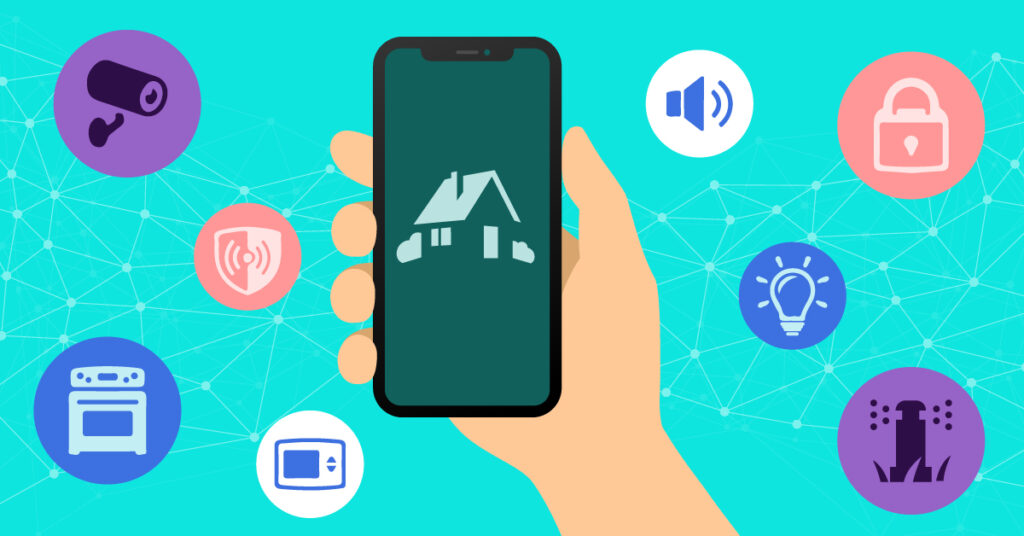Community solar lets you subscribe to a share of a local solar array and receive bill credits for the electricity it produces, no rooftop or home installation needed. You get the benefits of solar and predictable savings while your utility still delivers your power as usual.
What Community Solar Is (and Isn’t)
Community solar is any solar project where the benefits of a single array flow to multiple customers: households, renters, businesses, nonprofits, and more. Participants either subscribe to a portion of the project’s output or, in less common models, buy an interest in it. Because the system is off-site, it works for people who rent, have shaded roofs, live in condos, or simply don’t want equipment at home.
What Your Household Budget Isn’t Telling You
Under the hood, “virtual net metering” (sometimes called remote net metering) lets the utility assign credits from that off-site array to your account, reducing what you owe on your electric bill. This mechanism is what enables community solar to function at all.
How the Money Flows
Most programs are subscription-based: you receive bill credits from your utility and pay your community-solar provider for those credits at a guaranteed discount. Typical annual savings for standard offers range from 5% to 20%, depending on your state, utility, and project terms. Some low- and moderate-income (LMI) programs target even deeper discounts.
Billing comes in two flavors:
- Dual billing: two bills, one from your utility (showing solar credits) and one from the community-solar provider (charging you for those credits at a discount).
- Utility-consolidated billing: one combined bill from your utility that nets out charges and credits, often easier for customers.
Tiny Home Habits That Add Up to Major Losses
States are increasingly adopting consolidated billing because it simplifies the experience and can improve access for LMI customers.
Where It’s Available

Availability depends on state policy and utility rules. Community solar is robust in states like New York, Minnesota, Massachusetts, and Colorado, and is expanding elsewhere. For a quick sense of which states have active markets and how they’re growing, check current state snapshots and market trackers from SEIA and ILSR.
Step-by-Step: How to Join
1. Confirm you’re eligible
You generally need:
- A residential or small business electric account in the same utility territory as the project.
- A credit score or payment history that meets the provider’s requirements (varies by program).
- For income-qualified offerings, documentation to verify eligibility (paystubs, program participation, etc.).
- Your provider will tell you exactly what’s needed; programs differ by state and utility.
The Little Things Costing You Big
2. Find open projects
Good starting points include federal and research resources that aggregate programs and data, plus reputable directories/marketplaces that list active projects by ZIP code:
- DOE’s community-solar overview and “resources for finding projects.”
- NREL’s community-solar market pages and “Sharing the Sun” data.
- Nonprofit and marketplace directories that show active projects by utility service area.
- Use them to identify providers operating in your utility territory.
3. Compare offers apples-to-apples
Key variables to line up before you sign:
- Discount structure: Fixed-percent discount off bill credits (common), or variable rate tied to utility tariffs.
- Term length: Month-to-month, 1–5 years, or longer.
- Escalator: Annual increase in subscription price, if any.
- Billing type: Dual vs. utility-consolidated.
- Cancellation & transfer: Fees, notice periods, and what happens if you move within or outside the utility territory.
- LMI terms: Some programs guarantee larger discounts for eligible customers.
- DOE/NREL materials outline how credits and payments interact; those details help you compare realistic savings.
4. Right-size your subscription
Providers usually size your share to match your historical annual usage roughly. Oversubscription may be limited; undersubscription leaves savings on the table. Ask how your provider adjusts your share if your usage changes. (In most programs, the electricity you use still comes from the grid; the subscription only affects your bill via credits.)
5. Enroll and verify billing
Surprising Money Leaks in Even the Smartest Homes
The sign-up typically involves a soft credit check (varies), a subscription agreement, and linking your utility account. Expect your first credits to appear after project energization or the next full billing cycle. If you’re on dual billing, set up autopay so that the provider and utility bills don’t get out of sync. Consolidated billing, where available, will show charges and credits on a single utility statement.
What You’ll Save (and Why It Varies)
Savings depend on the gap between (a) the value of the credit your utility gives you and (b) the subscription price you pay the provider. Standard discounts commonly target 5–20% annual savings; LMI programs sometimes achieve much higher effective discounts (e.g., ~50% in Washington, DC’s Solar for All). Your actual results hinge on your usage, tariff, and the offer you pick.
Read the Fine Print: Consumer Protections
Before signing, scan for the essentials highlighted by federal consumer advisers:
- All fees and price terms: sign-up fees, monthly charges, escalators, exit fees, and any minimums.
- Term and cancellation: whether you can cancel at any time, notice requirements, and any penalties.
- Billing setup: dual vs. consolidated; how credits appear on your bill; when savings start.
- Moving policies: what happens if you relocate within/outside the utility’s territory.
- Sales practices: avoid high-pressure pitches; take time to review the contract.
The U.S. Department of the Treasury, FTC, and CFPB jointly urge consumers to verify these items and report deceptive practices. NREL and others maintain consumer-protection guidance geared to solar customers as well.
Special Paths to Participate
- Renters & condo residents: If your building hosts a rooftop array, residents may subscribe as part of an on-site community model; affordable-housing residents can receive direct bill discounts without affecting HUD utility allowances per federal guidance.
- Nonprofits & small businesses: Many providers accept organizational accounts; terms are similar, but credit-review and allocation rules can differ by program.
Underrated Ways Families Waste Money Under One Roof
Quick Decision Checklist
Use this as a one-page sanity check before you enroll:
- Eligibility & location: The project serves my utility territory and account type.
- Savings math: The offer shows a clear discount (fixed percentage or easy formula) and no hidden fees. Typical market savings range 5–20% per year; LMI offers may be higher.
- Contract terms: I know the term, escalator (if any), cancellation policy, and moving rules.
- Billing type: I understand whether I’ll have dual or consolidated billing and how credits appear.
- Right-sizing: My subscription is matched to my typical usage, and the provider can adjust if my usage changes.
Bottom Line
If you want clean energy savings without installing panels, community solar is often the fastest path: you subscribe, earn credits through virtual net metering, and pocket the difference between the credit value and your discounted subscription price. Start by confirming availability in your state and utility territory, compare offers side-by-side, and only sign a contract that’s transparent on fees, billing, cancellation, and savings. With the right plan, you can cut your electric costs while supporting local solar development—no hardware required.
You might also be interested in: 10 Solar Panel Maintenance Tips to Maximize Efficiency




